You’re an eco-conscious individual – you try to use less of what you can and recycle what you do. But when it comes to plastics, do you ever wonder “Can you put plastic in the recycle bin?” or “What plastics can go in the recycling bin”? Some, like 1L soda bottles, are obvious, but what about milk bottles? Or blister packs? What about plastic bags? What can you put in a plastic recycling bin?
Fortunately, that little on the bottom of your plastics can tell you a lot about how to dispose of them properly. So if you’re wondering what type of plastics can be recycled or if you can throw your take-out boxes in the recycling bin, refer to this handy guide:
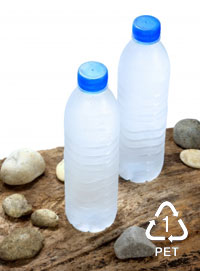 #1 – PET/PETE (PolyEthylene TerEphthalate)
#1 – PET/PETE (PolyEthylene TerEphthalate)
PET is one of the most widely used and recycled plastic resins. Found in plastic drink bottles and microwavable food trays, most can be disposed of in standard curbside recycling bins.
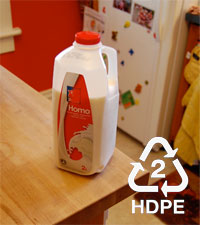 #2 – HDPE (High Density PolyEthylene)
#2 – HDPE (High Density PolyEthylene)
HDPE is a resilient plastic film commonly used in plastic grocery bags, as well as drink bottles (notably milk jugs), and non-food containers (such as those for shampoo or detergent). Plastic grocery bags are notoriously hard to recycle, and for the most part, can only be recylced by bringing them back to the store, but other HDPE products can be left in the curbside recycling bin as well.
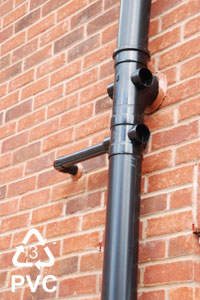 #3 – PVC (PolyVinyl Chloride)
#3 – PVC (PolyVinyl Chloride)
PVC is another strong plastic that’s highly resistant to impact and grease and oils, found commonly in meat wraps, medical packaging, pipes, and blister packs/clamshell packaging. Unfortunately, PVC is a very difficult plastic to recycle, and due to the chemicals used in its manufacture, even a small amount can contaminate up to a half ton of recycled plastic. Check with your local recycling firms before depositing PVC products in your recycle bins.
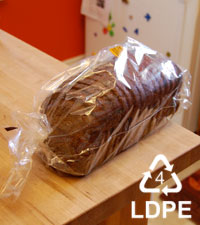 #4 – LDPE (Low Density PolyEthylene)
#4 – LDPE (Low Density PolyEthylene)
Is LDPE recyclable? LDPE is generally used in shrink wrap, dry cleaning bags, and bread and frozen food wrappers. Unfortunately, since most LDPE comes in film form, it cannot be recycled in your curbside recycling bins. Fortunately, some grocery stores will take LDPE packaging in their HDPE recycling program, but check beforehand.
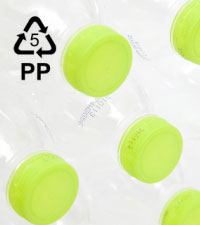 #5 – PP (PolyPropylene)
#5 – PP (PolyPropylene)
Among other uses, PP is most commonly used as bottle caps for plastic bottles. Unlike the PET bottles, though, PP caps cannot be recycled in the same process. While some municipalities (for example, the majority of California), will accept #5 plastic in their curbside recycling program, double check beforehand and always remove the caps from your bottles first.
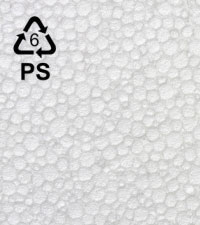 #6 – PS (PolyStyrene)
#6 – PS (PolyStyrene)
Most commonly found in its foam form, #6 plastic is widely used in take-out food packaging, packing peanuts, and plastic cutlery. #6 plastic is not often accepted in curbside recycling in its foam form, but some municipalities accept it in its hard form. Check with your local recycling center whether or not they accept it in the curbside bin, or if you’ll need to drop it off yourself.
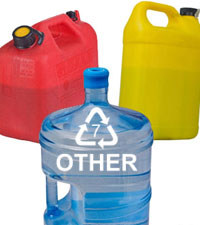 #7 – Other
#7 – Other
Given the miscellaneous nature of plastics in this category, almost no municipal recycling program will accept #7 plastic in their curbside bins. On the other hand, biodegradable plastics fit into this category. These plant-based plastics can only be composted in an industrial composting recycling facility, though, so contact your local composting center for more information on how to properly dispose of these plastics.











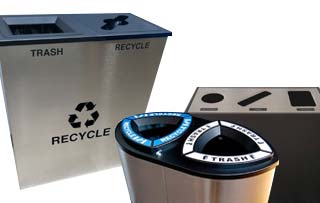









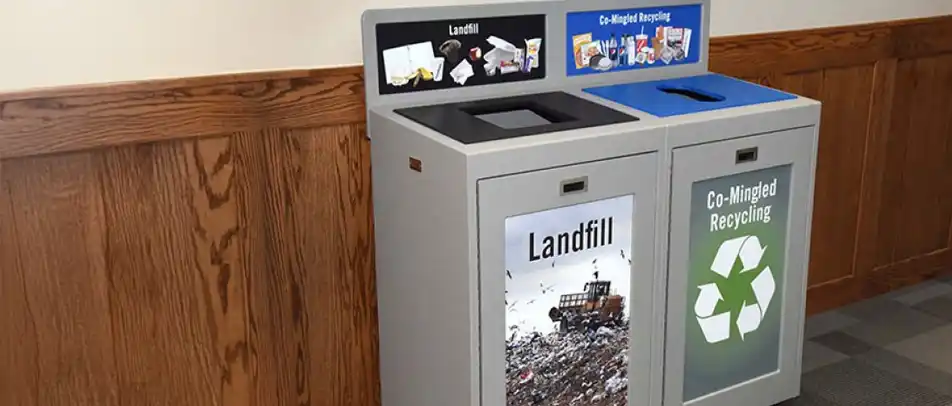










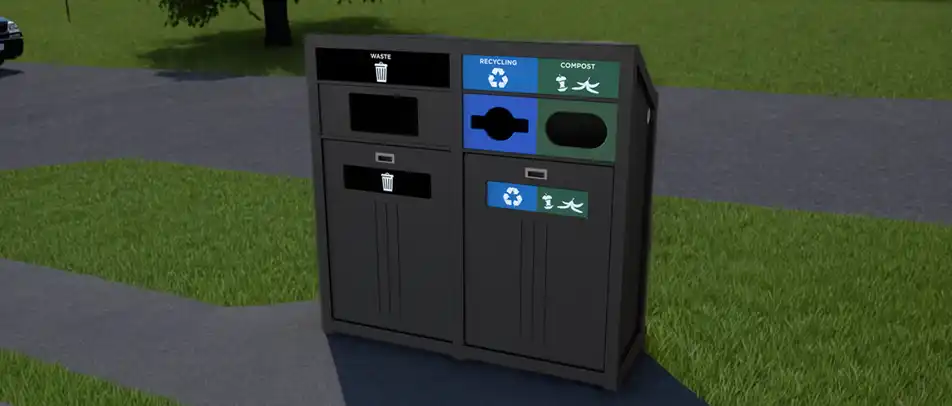












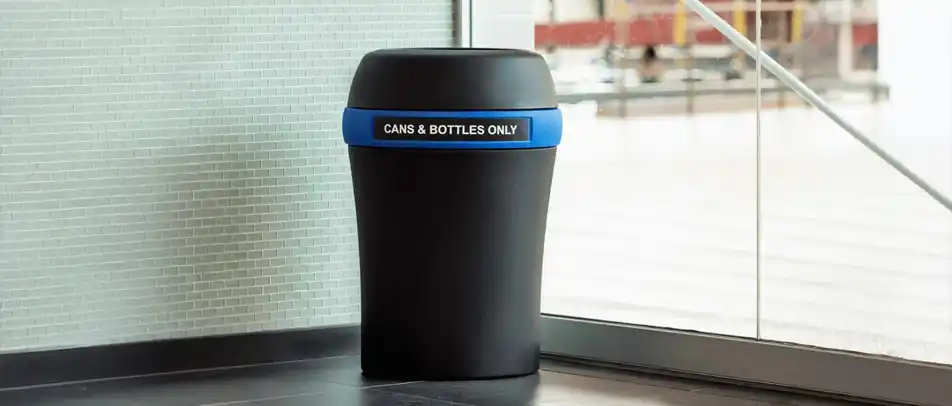









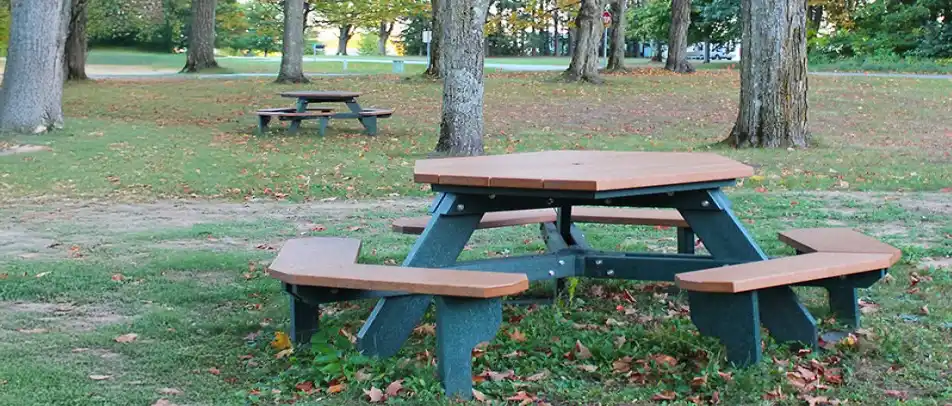
































 Three Ways to Engage Teams and Clients to Maximize Your Recycling Program Engagement
Three Ways to Engage Teams and Clients to Maximize Your Recycling Program Engagement  How to Integrate Accessibility Into Your Sustainability Planning
How to Integrate Accessibility Into Your Sustainability Planning  Why Park Benches Can Promote Workplace Well-Being
Why Park Benches Can Promote Workplace Well-Being 
